In a groundbreaking collaboration between Australia and the United States, the development of advanced underwater drones, known as Ghost Sharks and Manta Rays, is poised to revolutionize Pacific naval defense. These prototype submarines, reported by CNN News on Monday (May 13), signify a significant leap in undersea warfare technology.
Unlike traditional submarines, Ghost Sharks and Manta Ray's operate autonomously, without the need for a crew or onboard driver. This innovation promises to enhance naval capabilities while mitigating risks to human life, according to experts.
The widespread use of drones in aerial warfare has set a precedent for their efficacy, with the United States employing drones extensively in conflicts such as those in Iraq and Afghanistan. The evolution of drone technology has now extended to undersea warfare, with Ghost Sharks and Manta Rays representing the next frontier in military hardware.
Naval surface drones have already demonstrated their potency in conflicts like the Ukraine-Russia war, where Kiev's utilization of surface drones inflicted significant damage on Russia's Black Sea Fleet.
While aerial and surface drones are controlled via satellite communication using light and radio waves, undersea drones face unique challenges due to the ocean's depth and environmental factors such as water temperature and salinity.
Addressing these challenges remains a focal point for developers, with communication in deep-sea environments requiring innovative solutions. Despite these hurdles, the unveiling of Ghost Shark last month heralded a significant milestone, with Australia touting the prototypes as "the world's most advanced autonomous underwater vehicles."
As the development of Ghost Sharks and Manta Ray's continues, the future of Pacific naval defense promises to be shaped by these cutting-edge technologies, ushering in a new era of undersea warfare.



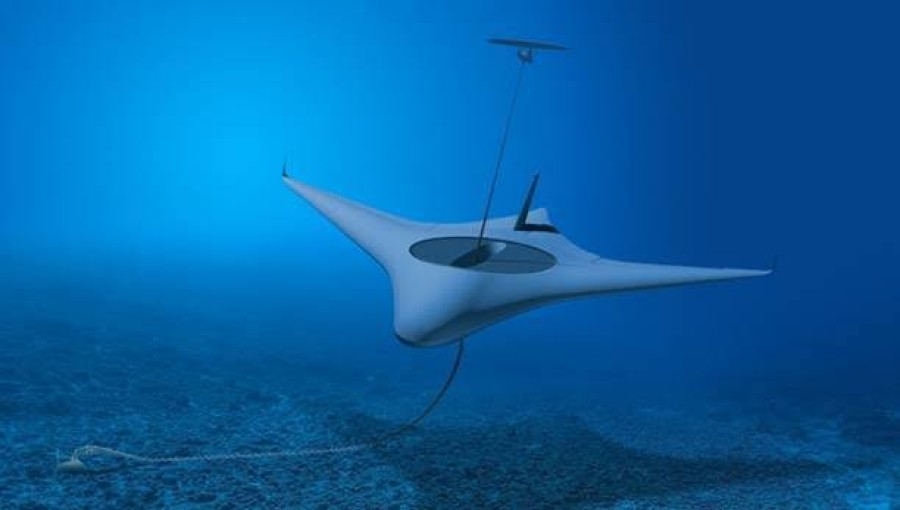



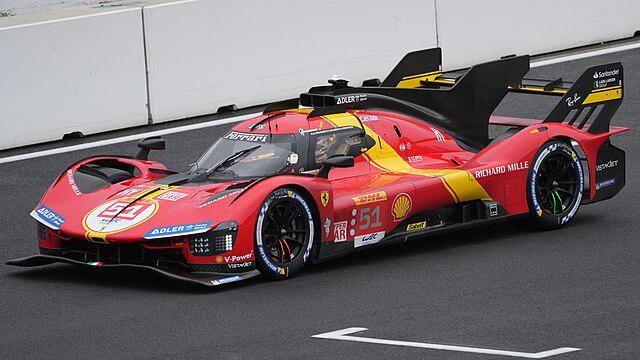










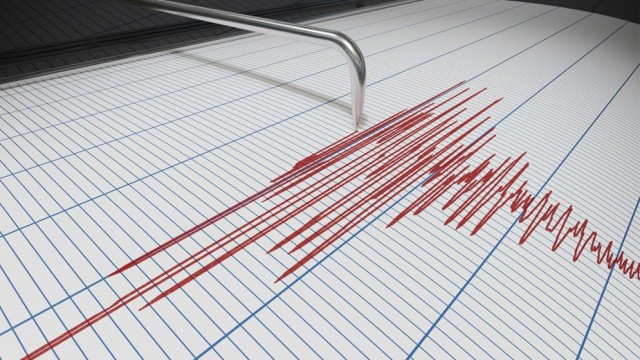








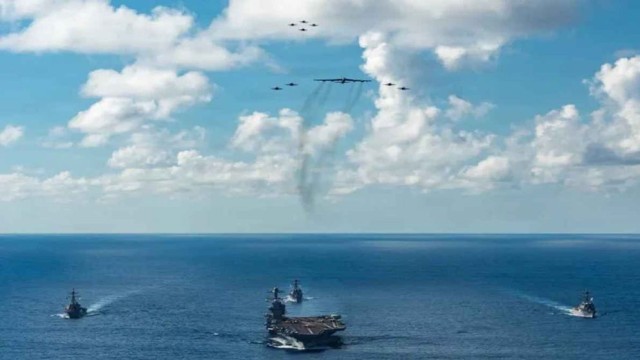


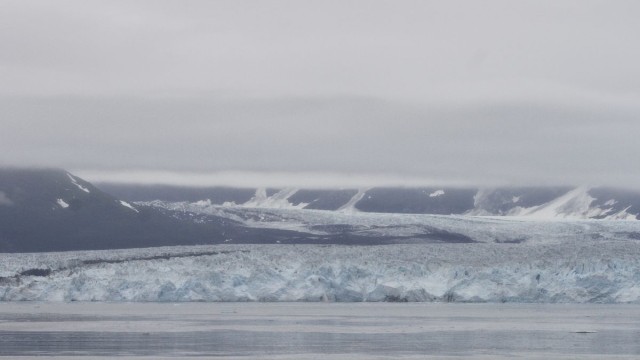
Comment: